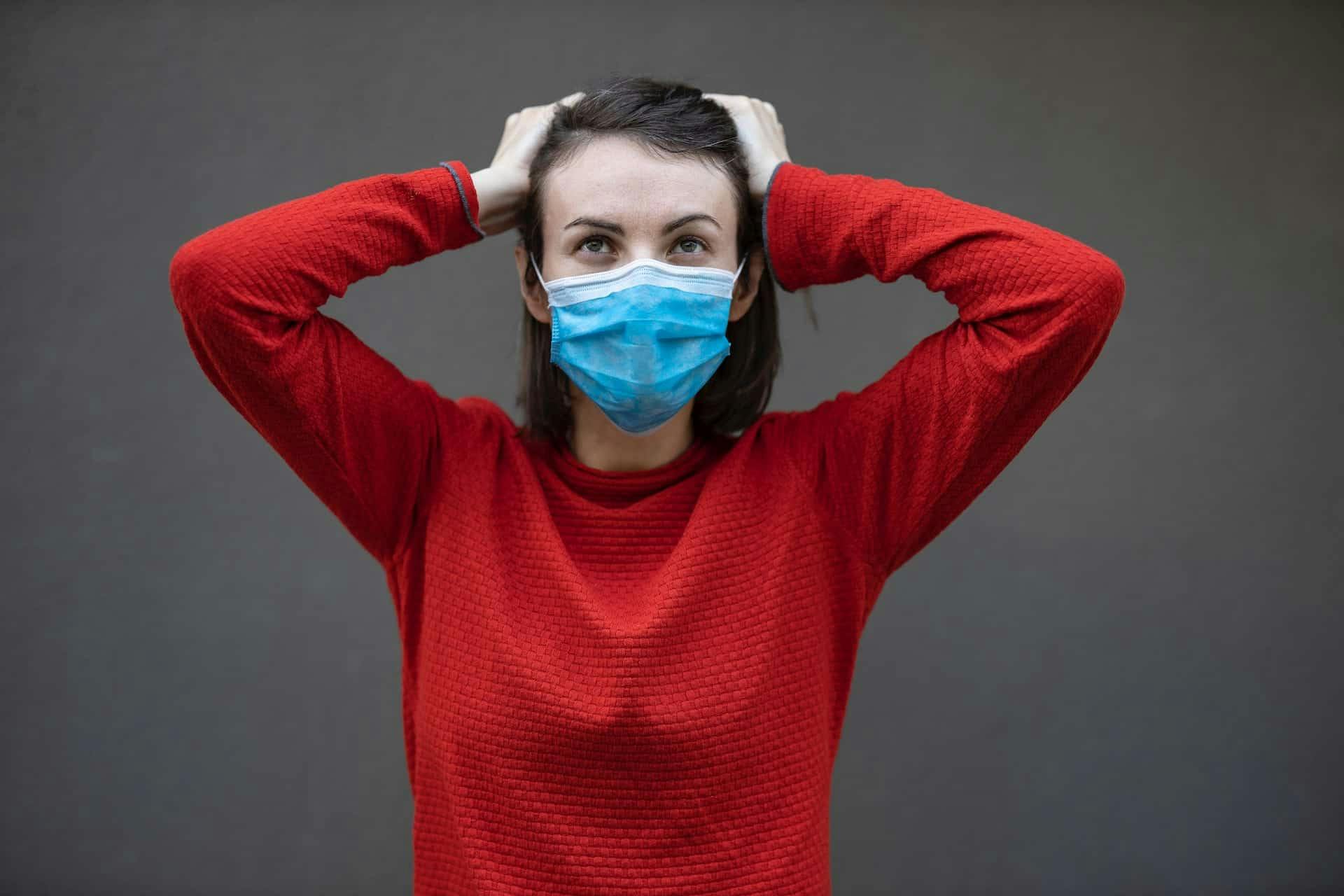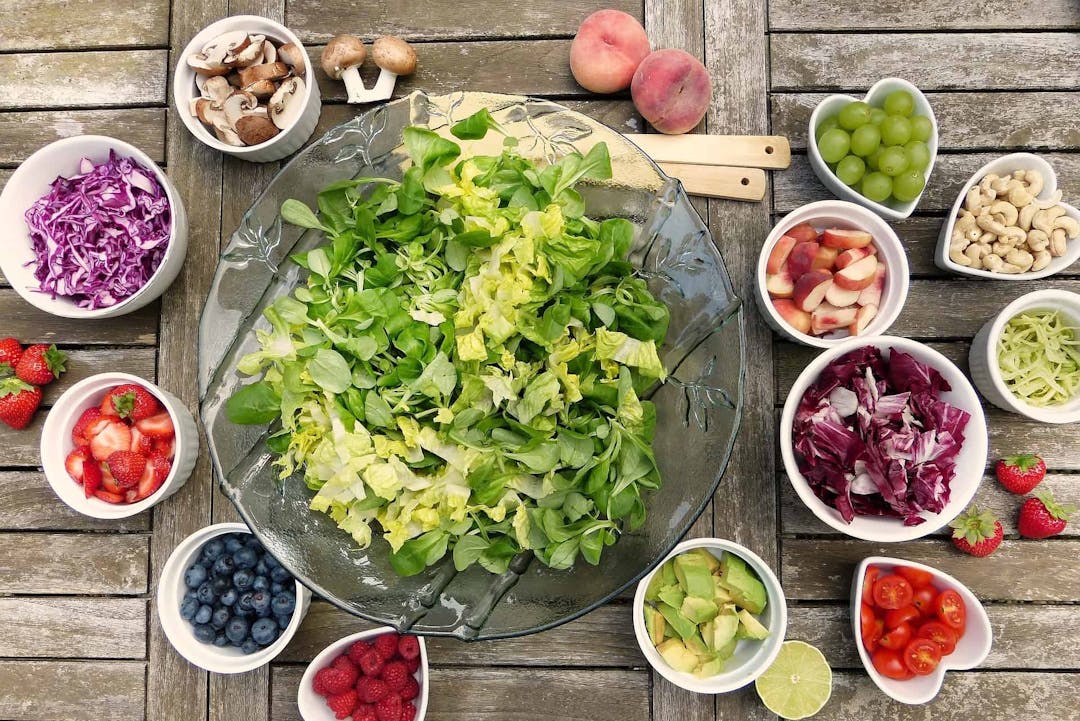


Find foods you can eat.
Should You Follow a Low Histamine Diet for Long COVID?
Published on January 20, 2023In the U.S., nearly one in five adults who have been infected with the COVID-19 virus in the past report experiencing symptoms of “long COVID.” While there currently is no specific treatment approved to cure long COVID, certain dietary approaches have shown some promise in helping to manage long COVID symptoms. Most notably, the low histamine diet has been suggested as a potential treatment approach. Read on to learn about the connection between histamine intolerance and long COVID, what the research shows, and who may benefit from trying a low histamine diet.
What is Long COVID?
According to the Centers for Disease Control (CDC), long COVID, also referred to as “post-COVID syndrome,” is defined as experiencing a range of COVID-like symptoms lasting for more than four weeks after initial infection with the COVID-19 virus. Not every individual with long COVID is affected in the same way, and long COVID is associated with a wide range of symptoms, affecting different parts of the body. Since these symptoms can overlap with many other conditions, diagnosing long COVID is especially challenging.
Long COVID symptoms
Long COVID symptoms may include (but are not limited to):
- Fatigue
- Difficulty concentrating
- Headache
- Sleep disturbances
- Lightheadedness
- Changes in taste or smell
- Depression or anxiety
- Diarrhea
- Abdominal pain
- Nausea
- Joint or muscle pain
- Skin rashes
- Fever
- Cough
- Sore throat
- Ear ache
- Shortness of breath
- Chest pain
- Heart palpitations
How many people have long COVID
According to recent research published in the International Journal of Biological Sciences, it is estimated that 31 to 69 percent of those infected with COVID-19 experience long COVID symptoms after recovery from the initial infection. Those with underlying medical conditions, those who experienced a more severe case of COVID-19 requiring hospitalization, those who did not receive a COVID vaccine, and those who experienced multisystem inflammatory syndrome during or after COVID infection, may be at greater risk for developing long COVID.
What is a Low Histamine Diet?
A low histamine diet is one that restricts foods high in histamine, a compound that is both naturally produced by our bodies, and found in certain foods and beverages. It is often referred to as an “inflammatory mediator,” because it can have both pro-inflammatory and anti-inflammatory effects depending on the type of receptors and cells it is acting on. Histamine serves many functions in the body, including release of stomach acid to facilitate digestion, and encouraging an immune response after we come into contact with allergens, viruses, and bacteria, and after sustaining an injury. Histamine plays a role in sneezing, itching, developing watery eyes, producing mucus, swelling, and more, after we come into contact with pollen, dust, dander, other irritants, or foods we’re allergic to.
The average person is able to tolerate dietary sources of histamine and need not worry about limiting their intake of high-histamine foods, but those with histamine intolerance, who have difficulty breaking down histamine, may benefit from restricting high-histamine foods in their diet.
While the cause of histamine intolerance is not entirely understood, it is believed that those with histamine intolerance have decreased activity of the enzyme that breaks down histamine, called diamine oxidase. The thought is that since the individual is not able to break down histamine as effectively, histamine builds up in the body and causes a variety of symptoms such as headache, itching, runny nose, diarrhea, irregular heartbeat, flushing of the skin, and more. As you may have noticed, the symptoms of histamine intolerance are very similar to many of those associated with long COVID. Further, research suggests that underlying MCAS may be a risk factor for developing more severe COVID-19 infection, and the prevalence of MCAS is similar to the estimated prevalence of severe COVID-19 infections. Unfortunately, there currently is no single diagnostic test that can accurately determine whether or not someone has histamine intolerance, so it is best to be evaluated by your doctor to help rule out any other potential underlying causes of your symptoms.
If histamine intolerance or MCAS is suspected, it may be helpful to follow a histamine elimination diet for a few weeks. Under the guide of a registered dietitian, you should then gradually reintroduce high-histamine foods to evaluate your response and determine your individual tolerance threshold.
What The Research Says About Long COVID and a Low Histamine Diet
Some doctors have hypothesized that long COVID may be triggered by mast cell activation syndrome (MCAS), where histamine-releasing cells, called “mast cells,” become activated and release histamine in response to COVID-19 infection. In fact, in a recent study of 136 long COVID patients compared to healthy controls and 80 MCAS patients, post-infection, the long COVID patients were found to have almost identical mast cell activation symptoms and severity compared to the MCAS patients, assessed via online survey. While this study had some limitations due to its relatively small sample size and lack of in-person physical examination, it provides useful insight into potential routes of treatment for those with long COVID, and serves as a building block for further research.
Based on this hypothesis of mast cell activation, some doctors have recommended that their long COVID patients try a low histamine diet experimentally, to see if they notice any symptom improvements. While this recommendation is not based on hard scientific evidence, anecdotally, some long COVID patients report feeling better on a low histamine diet. Additionally, there are some reports, although small in sample size, of antihistamine medications improving long COVID symptoms, further strengthening this hypothesis. Unfortunately, due to the nature of antihistamine medications, misuse is not uncommon, and may lead to serious health complications.
Pros and Cons of Following a Low Histamine Diet for Long COVID
Before beginning any type of elimination diet, it’s important to consider whether the potential benefits outweigh the risks associated with following a restrictive diet. Following the low histamine diet is not appropriate for every individual with long COVID. Those with active eating disorders or a history or disordered eating, those who are malnourished, and those who already have multiple dietary restrictions may not be suitable candidates for this treatment approach, especially since it has not yet been proven to be an effective treatment modality. If not planned properly, eliminating multiple foods from one’s diet can potentially lead to nutrient deficiencies, unintentional weight changes, and anxiety surrounding food. Further, the low histamine diet is rather nuanced and can be difficult to follow. For example, the histamine content of foods can vary a significant amount, and the way in which food is stored and prepared can also greatly affect histamine levels.
That said, for those who are otherwise healthy and do not have a history of an eating disorder or disordered eating, or for those who feel the severity of their long COVID symptoms outweighs potential risks associated with restricting their diet, trial of the low histamine diet may be worthwhile. Fortunately, resources like the Fig app make following nuanced diets such as the low histamine diet much easier by helping you quickly and easily identify low histamine foods. Additionally, if your long COVID symptoms are histamine-related, following a low histamine diet does not pose the same side effects or risks for serious health complications that long-term use of antihistamines may.
What to eat for long COVID
If you choose to follow a low histamine diet for long COVID, these are high histamine foods you’d want to avoid:
- Alcohol, kombucha, and other fermented beverages
- Fermented foods (i.e. kimchi, sauerkraut, yogurt, kefir, miso, etc.)
- Vinegar
- Avocado
- Aged cheeses
- Smoked, processed, cured, tinned, or pickled meats and fish
- Dried fruit
- Certain fruits and vegetables like spinach, eggplant, bananas, grapes, and oranges
- Shellfish
- Coffee
- Cocoa
- Green tea
- Certain nuts such as peanuts
You can find a full list of foods that are high in histamine to avoid on the Fig app. You can also scan foods at the grocery store to check if they’re likely low histamine.
The Bottom Line
Anecdotal evidence suggests some promise in the use of the low histamine diet as a treatment for long COVID. Until further research is conducted on the efficacy of the low histamine diet for improving long COVID symptoms, it’s important to consider both the risks and benefits of following the low histamine diet, and to work with your medical team to determine the best approach for you. Working with a registered dietitian can help guide you through the process of following the low histamine diet, and the Fig app can help support you by identifying suitable foods and eliminating much of the guesswork out of grocery shopping.
 Low FODMAP Salad: How to make an IBS-friendly salad
Low FODMAP Salad: How to make an IBS-friendly salad Introduction to a Fructose-Free Diet
Introduction to a Fructose-Free Diet